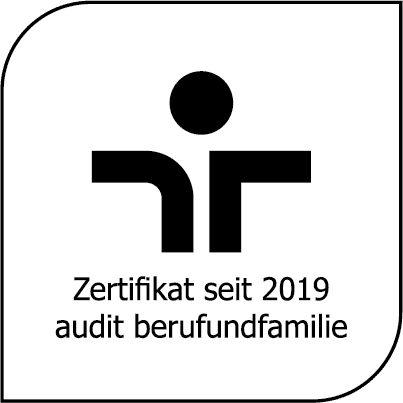Test instruments sorted
Contact person for the Open Test Archive
Gülay Karadere (Dipl.-Psych.)
Research Associate
guek@leibniz-psychology.org
SWIT
Selbstwirksamkeit von Lehrerinnen und Lehrern im Hinblick auf die unterrichtliche Integration digitaler Technologie
Short abstract
The SWIT scale can be used to measure the self-efficacy of prospective and active teachers with regard to the integration of digital technology in the classroom. It was translated into German based on the 16-item version of the "Computer Technology Integration Survey" (CTIS) by Wang et al. (2004) and captures four subdimensions (teaching with digital media, diagnosing with digital media, learning-related knowledge about digital media, technical knowledge about digital media) with a total of 12 items. Reliability: Internal consistency was calculated by Cronbach's α in the order total/bachelor's/master's sample. The following internal consistencies resulted for the four subscales (n = 1 186/672/514): "Learning-related knowledge" (α = .82/.85/.81), "Technical knowledge" (α = .81/.84/.81), "Digital diagnosing" (α = .74/.82/.74), and "Digital teaching" (α = .68/.72/.69). Validity: Correlation analyses with the three scales "Adaptive Teaching", "Classroom Management" and "Student Orientation" of the STSE (Pfitzner-Eden et al., 2014) proved the construct validity of the new developed scales.
Leibniz Institute for Psychology (ZPID). (2021). Open Test Archive: SWIT. Selbstwirksamkeit von Lehrerinnen und Lehrern im Hinblick auf die unterrichtliche Integration digitaler Technologie. Available at: https://www.testarchiv.eu/en/test/9008268
Citation
Doll, J. & Meyer, D. (2021). SWIT. Selbstwirksamkeit von Lehrerinnen und Lehrern im Hinblick auf die unterrichtliche Integration digitaler Technologie [Verfahrensdokumentation und Fragebogen]. In Leibniz-Institut für Psychologie (ZPID) (Hrsg.), Open Test Archive. Trier: ZPID.
https://doi.org/10.23668/psycharchives.4872
Short information
Short Name SWIT
English Name Preservice Teachers’ Self-Efficacy Beliefs for Technology Integration
Authors Doll, J. & Meyer, D.
Published in Test archive 2021
Copyright/Licence Copyright Authors; CC-BY-SA 4.0
Language versions deu
Construct Self Efficacy
Application age prospective and active teachers
Item number 12 Items
Subscales 4 subscales: (1) Teaching with digital media, (2) Diagnosing with digital media, (3) Learning-related knowledge about digital media, (4) Technical knowledge about digital media
Application Time approx. 5-7 min.
Interpretation time ~ 1 minute per case
Internal consistency: Cronbach's α (overall/bachelor's/master's sample): α = .82/.85/.81 (learning-related knowledge), (α = .81/.84/.81 (technical knowledge), α = .74/.82/.74 (digital diagnosing), and α = .68/.72/.69 (digital teaching).
Evidence for convergent validity.
None; as reference values: Means and standard deviations.
Applications Teaching, Research
There is no abstract in English available. Short information about the measure can be found under Overview. More can be found on the German pages.
There is no review in English available. Short information about the measure can be found under Overview. More can be found on the German pages.
First published in
Doll, J., Meyer, I., Vorhölter, K. & Jentsch, A. (eingereicht). Konstruktion und Einsatz eines Fragebogens zur Messung der Selbstwirksamkeit Lehramtsstudierender im Hinblick auf die Integration digitaler Medien in den Unterricht.
Contact information
Prof. Dr. Jörg Doll, Projektkoordinator ProfaLe Qualitätsoffensive Lehrerbildung, Universität Hamburg, Fakultät für Erziehungswissenschaft, Projekt ProfaLe Qualitätsoffensive Lehrerbildung, Bogenallee 11, D-20144 Hamburg
Dennis Meyer, Wissenschaftlicher Mitarbeiter, Universität Hamburg, Fakultät für Erziehungswissenschaft, Bogenallee 11, D-20144 Hamburg

 Learn more about us!
Learn more about us! 
